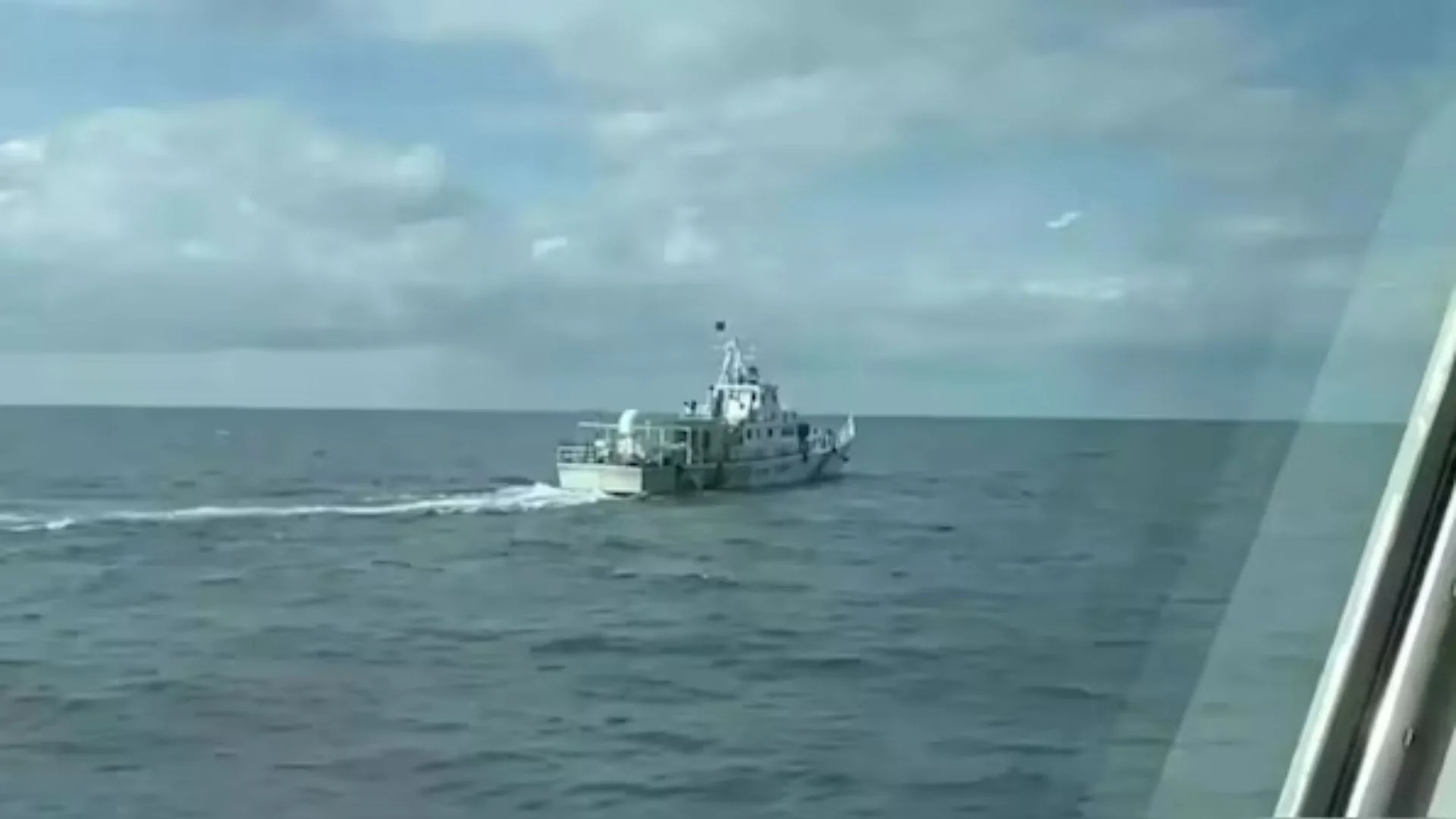Tokyo Protests Repeated Incursions Following Airspace Violation
A Chinese Navy survey ship entered Japanese territorial waters off Kagoshima Prefecture early Saturday, the Japanese Defense Ministry announced, marking the latest in a series of incursions that have heightened tensions between the two nations. This comes just days after Japan strongly protested the first-ever incursion of its airspace by a Chinese military aircraft.
Chinese Ship Monitored by Japan’s Self-Defense Forces
The Shupang-class vessel from the Chinese Navy entered the waters southwest of Kagoshima’s Kuchinoerabu Island around 6 a.m., departing nearly two hours later. This incident marks the 13th time since last September that the Chinese Navy has entered Japanese waters, prompting Tokyo to express “cause for concern.” Japan’s Maritime Self-Defense Force monitored the ship closely, deploying vessels and aircraft to track its movements.
The Japanese Defense Ministry, in a statement posted on X, affirmed its commitment to “resolutely defend Japanese territory, territorial waters, and airspace.” The ministry also noted that survey vessels like the Chinese ship are capable of gathering data on seabed topography, depth, and temperature—information that could be valuable for submarine operations in the area.
Diplomatic Protests and Rising Concerns
Japan’s Foreign Ministry lodged a protest with the Chinese Embassy in Tokyo, with Hiroyuki Namazu, the director-general of the ministry’s Asian and Oceanian Affairs Bureau, expressing “strong concern” over the repeated incursions. This protest follows Monday’s incident when Japan scrambled fighter jets in response to a Chinese Y-9 intelligence-gathering aircraft briefly entering Japanese airspace near the Danjo Islands off Nagasaki Prefecture. The Japanese government described the airspace violation as “utterly unacceptable” and a threat to national security.
In response, Chinese officials have maintained that Beijing respects the sovereignty of other countries and that the incident should not be “over-interpreted.” Senior Colonel Wu Qian, a spokesman for China’s Defense Ministry, stated that communication with Japan is ongoing through diplomatic channels.
Historical Context and Strategic Implications
Saturday’s incursion underscores the increasing tension between China and Japan, particularly following Monday’s unprecedented airspace violation. While Beijing has previously only sent nonmilitary government aircraft into Japanese territorial airspace—once in 2012 and again in 2017—this recent incident involved a military aircraft, raising concerns about China’s intentions.












